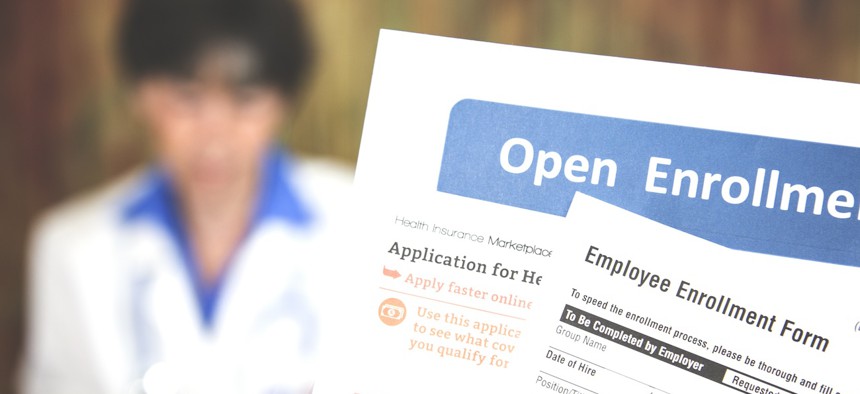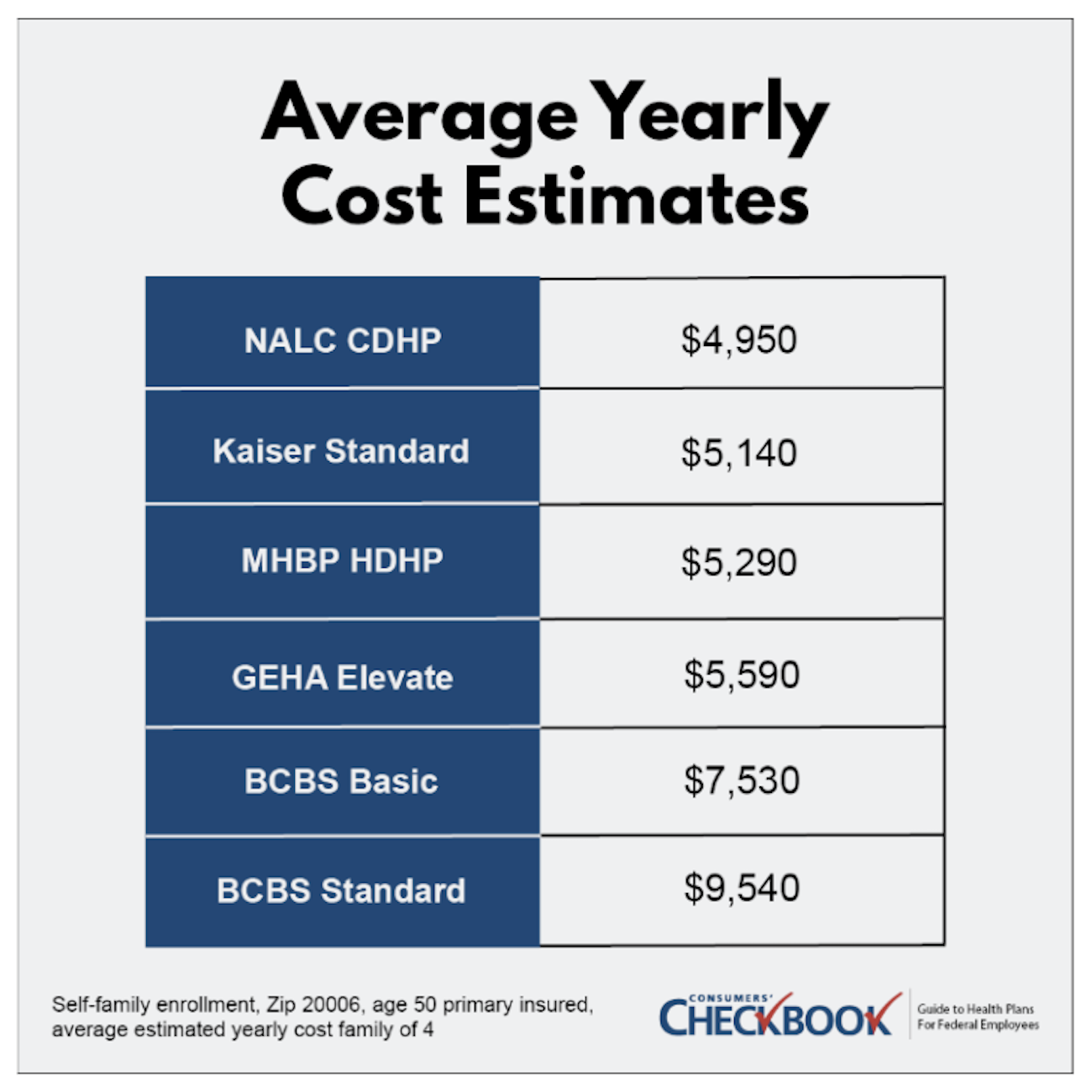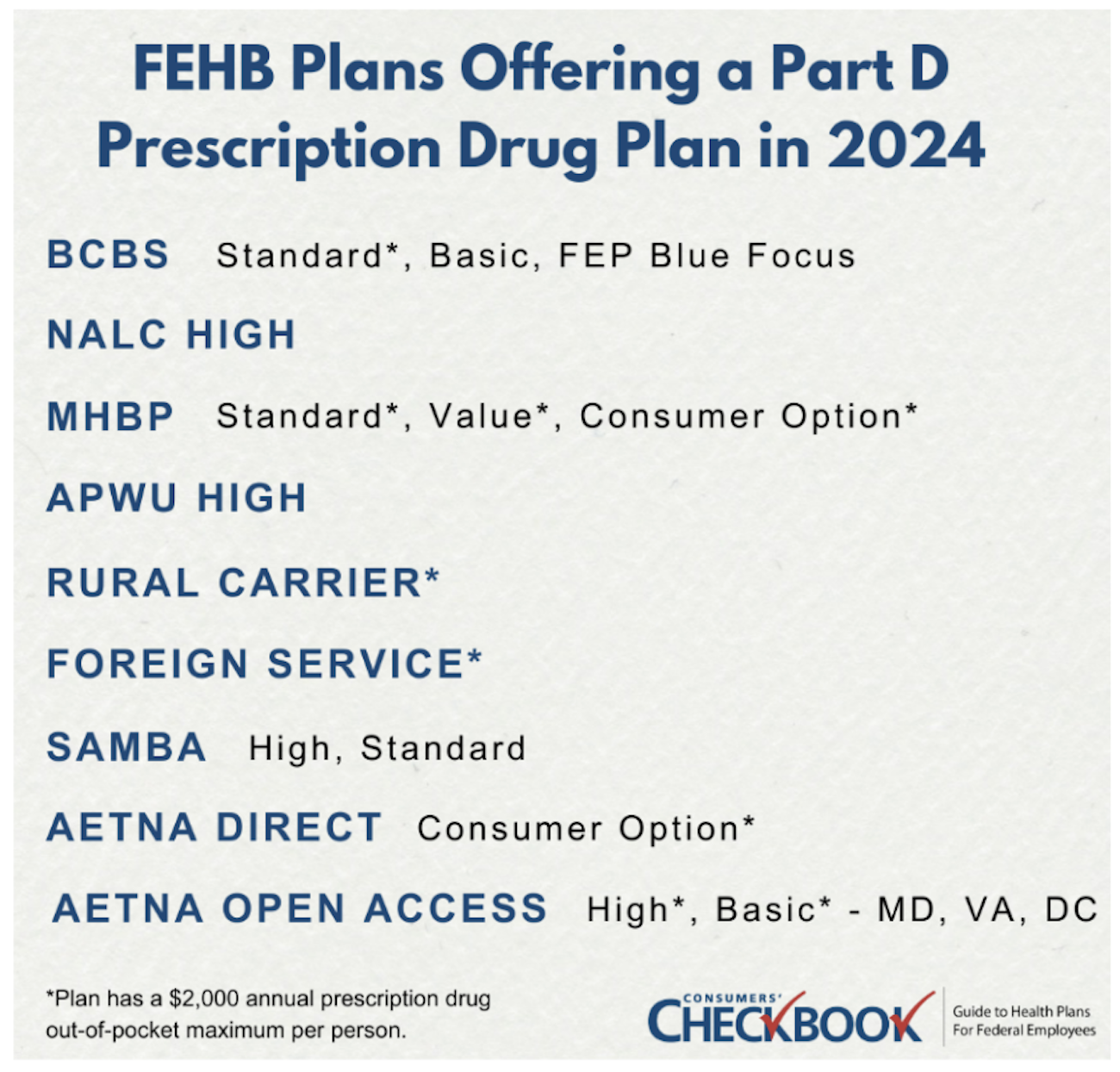
Open Season ends on Dec. 11. fstop123/Getty Images
Last-minute Open Season advice
Tips and tools to help you with decision-making before the window closes for the year.
The Federal Employees Health Benefits Program Open Season ends on Dec. 11. Here’s what you need to know before making your plan choice.
Your Current Plan
Don’t assume it will be the same next year. Here are ways it could have changed:
- Premium – The average enrollee share of premium is increasing 7.7% for 2024, which means most plans will have higher premiums. However, this isn’t true for all of them; 31 plan premiums will decrease next year, 8 will stay the same, 68 will increase below 7.7%, and 47 will increase at or above 7.7%. How is your plan’s premium changing? This is a for-sure expense and you’ll want to know how it compares to other plans to determine if you’re still in the best fit.
- Benefits – Most plans will have some changes for 2024. There could be new preauthorization requirements, new perks that haven’t been available before, or changes to current benefits. Some adjustments can be profound and could alter your decision to stay enrolled in your current plan. You can find benefit changes in section 2 of the official FEHB plan brochure. Here are some examples:
- SAMBA plans have added doula coverage
- BCBS plans have added family and marital counseling
- APWU is switching provider networks from CIGNA to UnitedHealthcare
- UnitedHealthcare Choice Plus Advanced is doubling the catastrophic maximum from $3,000 to $6,000 for self-only enrollees and from $6,000 to $12,000 for self-plus-one and self-&-family enrollees
- Doctors & Prescription Drugs – The status of providers and prescription drugs can change every year. Make sure to go to the plan website to confirm that your current providers will still be in-network and that your prescription drugs will be covered next year.
Plan Availability
Is your plan still available? There are several that won’t be next year. All Humana plans, NALC Value, Aultcare, and Indiana University Health Plan have left FEHB. Additionally, there could be service area changes that could alter the availability of HMO plans. Kaiser in Colorado has both added and removed counties in their service area. If you’re impacted by these plans leaving, you’ll need to choose a new FEHB plan this Open Season. If you don’t, OPM will auto-enroll you in the least costly national PPO plan, GEHA Elevate.
There aren’t many new FEHB plans to choose from in 2024. Sentara Health has a new plan available in Northern Virginia, and Compass Rose has added both a Standard plan and eligibility for Department of VA employees and retirees.
Consider Switching Plans
Less than 5% of federal employees or retirees switch plans during Open Season. Many have kept the same FEHB plan for years. If you’re that someone and you haven’t looked at different plans in a while, this year would be a good one to see if a new choice could offer you savings.
For 45 years Checkbook’s Guide to Health Plans for Federal Employees has ranked plans on estimated total cost based on user information—age, family size, and expected healthcare usage. The benchmark ranking shows big price differences among plans in 2024.
For example, a family of four in the Washington, D.C., area with age 50 primary insured and average healthcare expenses could save $4,590 in estimated costs switching from BCBS Standard to NALC CDHP.

How to Save Money on Health Care Expenses
Only about 20% of federal employees use a flexible spending account. With a 7.7% increase in the average enrollee share of FEHB premiums for 2024, federal employees should be looking for ways to save money on healthcare expenses.
All federal employees will have some predictable healthcare expenses next year—dental care, vision care, planned medical visits, prescription drug refills, or over-the-counter pharmacy items. Through funding from payroll contributions before taxes, paying for approved healthcare expenses with the FSA will save you about 30%.
Employees can contribute up to $3,200 in 2024, but you must be somewhat careful in budgeting as only $640 of unused funds can be rolled over into a new plan year. Employees with an HSA aren’t allowed to have a healthcare FSA, but they can still set up a limited expense FSA for dental and vision expenses, which is a good idea to help keep HSA funds invested. You must renew your enrollment every Open Season to keep your FSA. You can enroll and learn more at FSAFEDS. FSA Open Season ends Dec. 11.
Part D Coverage for Annuitants
The biggest story for annuitants this Open Season is Part D coverage. The following 17 FEHB plans will offer a Part D Prescription Drug Plan to annuitants next year:

If you have Medicare Part A only or Medicare Parts A & B, you’ll be auto-enrolled in the PDP and should have already been notified in writing of the auto-enrollment (BCBS plans will only auto-enroll if you have Parts A & B).
You don’t have to keep the PDP if you don’t want to. Contact the plan directly to disenroll. If you decide to rejoin the PDP, you can with no late penalty. FEHB prescription drug coverage is considered creditable coverage.
The prescription drug coverage from the PDP is supposed to be as good or better than what is offered by the FEHB plan. For the most part, this is true. It’s especially true for the plans offering the $2,000 maximum out-of-pocket for prescription drug expenses one year earlier than required by law—BCBS Standard, MHBP plans, Rural Carrier, Foreign Service, and Aetna Plans have the $2,000 max.
Annuitants with moderate to high prescription drug costs will benefit greatly from these new plans and should consider enrolling in an FEHB plan with Part D coverage if their current plan isn’t offering a PDP in 2024.
There are a few cases where the PDP might not be the best choice.
- If you have income above $103,000 as an individual or above $206,000 as a couple, you’ll pay IRMAA for the PDP. Annuitants below the income threshold pay no extra premium. Keep in mind that Part D IRMAA is far less than Part B IRMAA, $12.90/month in the first tier compared to $69.90/month. The benefits of improved prescription drug coverage will outweigh Part D IRMAA for some.
- If you receive drug manufacturer assistance when purchasing a prescription drug, you’ll lose that option with Part D enrollment. Annuitants will need to weigh their current discounted price against the PDP’s drug price, and the additional benefits that the PDP provides.
- Most of the time your out-of-pocket costs will be the same or lower in the PDP, but not always. The PDP formulary is managed by CMS and the FEHB plan formulary is managed by OPM. Drugs can be reclassified to a higher tier in the PDP and produce higher out-of-pocket costs in the PDP compared to the FEHB Plan. You’ll want to check the formulary of the PDP and FEHB plan to confirm your out-of-pocket cost.
- Part D plans do not provide international prescription drug coverage. If you travel overseas and need healthcare, prescription drugs would not be covered. However, most travel insurance policies take care of health care expenses not covered by your health plan.
The Final Word
Even if you’re thinking of keeping your existing FEHB plan, you still have some homework to confirm that there are no major changes that might alter your enrollment decision. Go to section 2 of the plan brochure to learn about benefit and premium changes, and confirm that your doctors will still be in-network and your prescription drugs will be covered.
Make sure to consider other plans. You could save thousands of dollars next year by switching to a lower cost plan that has similar coverage.
Take advantage of the FSA. With higher premiums, the FSA is an easy way to save on your healthcare costs.
Annuitants need to carefully review Part D coverage to determine if new PDPs could benefit them. While the PDPs will benefit most, there are some cases where it will not be better than the prescription drug coverage from your FEHB plan.
Open Season ends on Dec. 11.
Kevin Moss is a senior editor with Consumers’ Checkbook. Checkbook’s 2024 Guide to Health Plans for Federal Employees is available now. Check here to see if your agency provides free access. The Guide is also available for purchase and Government Executive readers can save 20% by entering promo code GOVEXEC at checkout.
NEXT STORY: TSP portfolios rebounded in November







